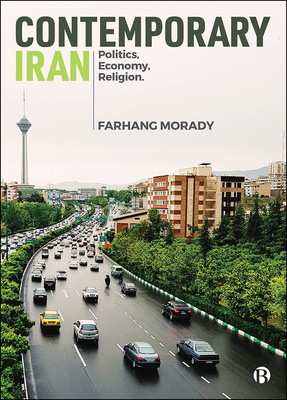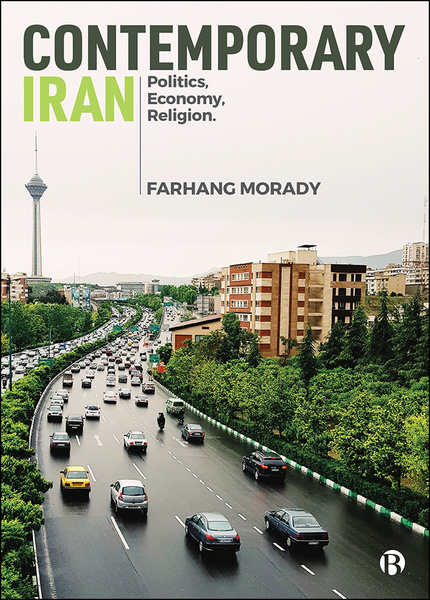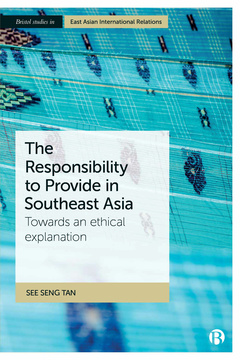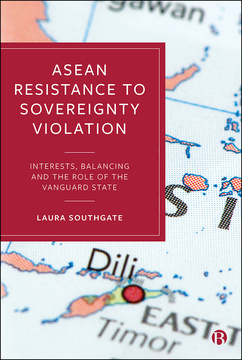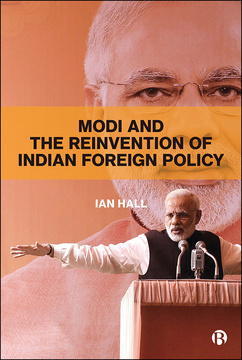Published
Sep 3, 2020Page count
196 pagesISBN
978-1529209563Dimensions
234 x 156 mmImprint
Bristol University PressPublished
Sep 3, 2020Page count
196 pagesISBN
978-1529209556Dimensions
234 x 156 mmImprint
Bristol University PressPublished
Sep 3, 2020Page count
196 pagesISBN
978-1529209587Dimensions
Imprint
Bristol University PressPublished
Sep 3, 2020Page count
196 pagesISBN
978-1529209587Dimensions
Imprint
Bristol University PressIn the media
On our blog: How Iran is battling with economic sanctions and COVID-19
This accessible introductory text explains the political, economic and religious developments since the formation of the Islamic Republic in 1979 and provides an analysis of the domestic politics of Iran. It identifies the ways in which the country, often imagined as ‘isolated’, is actually integrated into the global capitalist economy. It also explains the often-heated relationship of the regional powerhouse with the outside world, especially with West Asian neighbours and the United States.
Both rigorous and readable, the book covers:
• Iran’s unusual path of capitalist development;
• The relationship between politics and religion in what is known as ‘God’s Kingdom’;
• The international and domestic factors that shape Iranian politics and society.
Assuming no prior knowledge, this book is an ideal starting point for students and general readers looking for a thought-provoking introduction to contemporary Iran.
Farhang Morady is Principal Lecturer in International Relations and Development in the Centre for the Study of Democracy at the University of Westminster in London.
Introduction
Capitalist Development in Iran: Continuity and Change
Oil, State, Power and Economy
Islam, Politics and Power in Transition: Prologue to the 1979 Revolution
Revolution: Theories and Practices
State and Political Forces in Post-Revolutionary Iran
The Dynamics of US–Iran Relations: Background, Evolution and Consequences
Regional Influence and Ambitions
Conclusion







